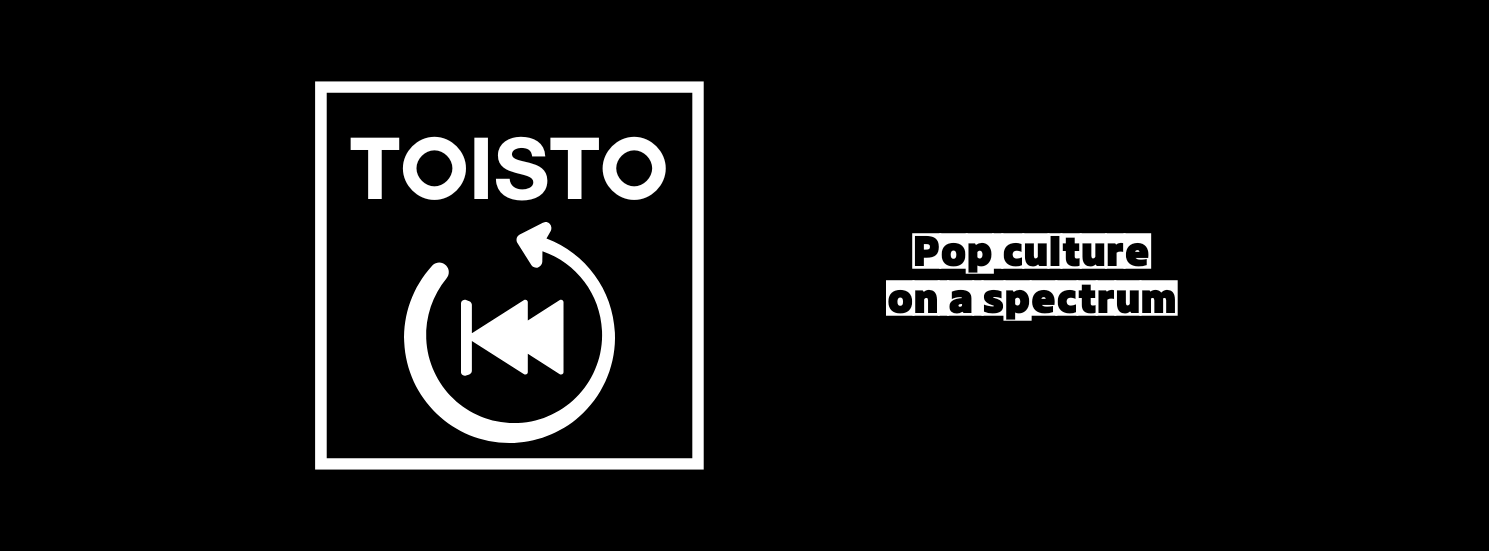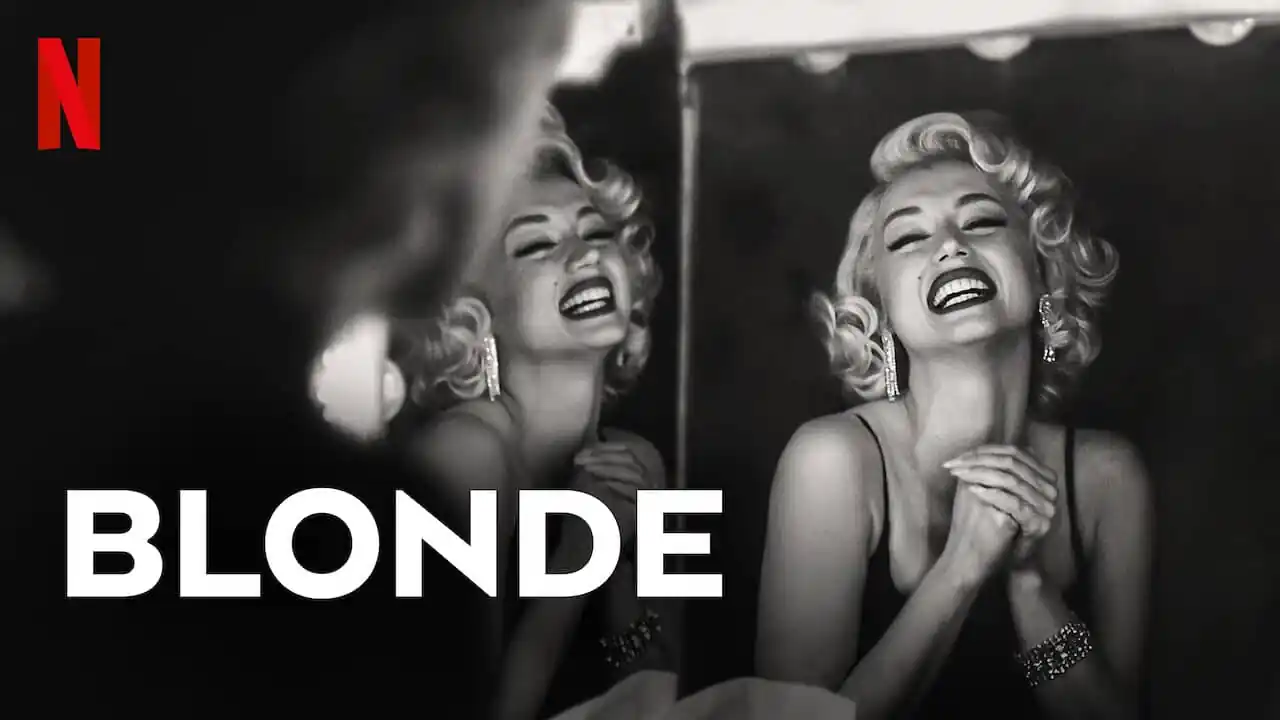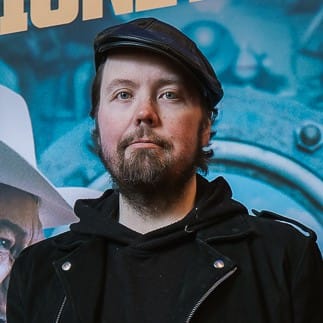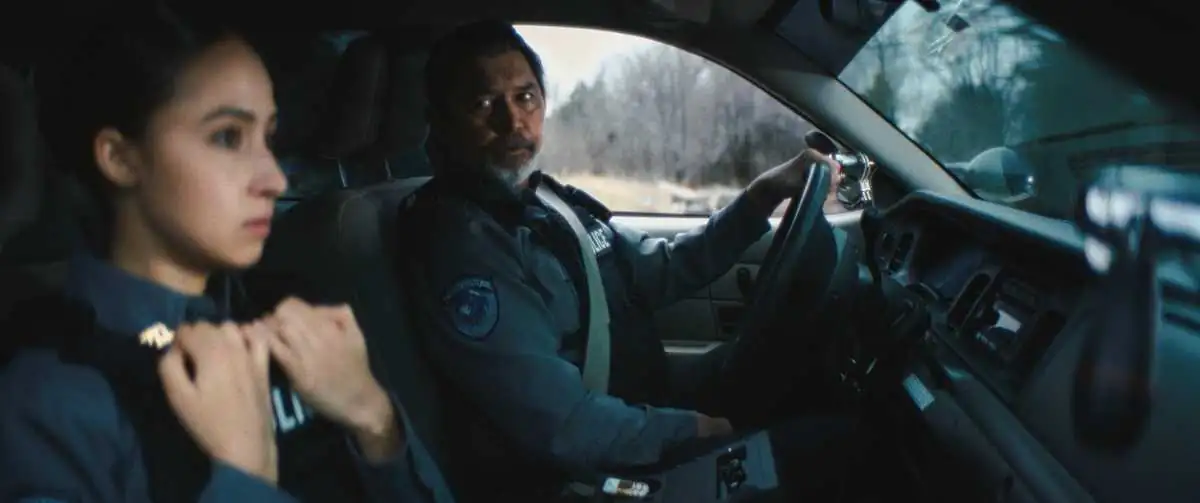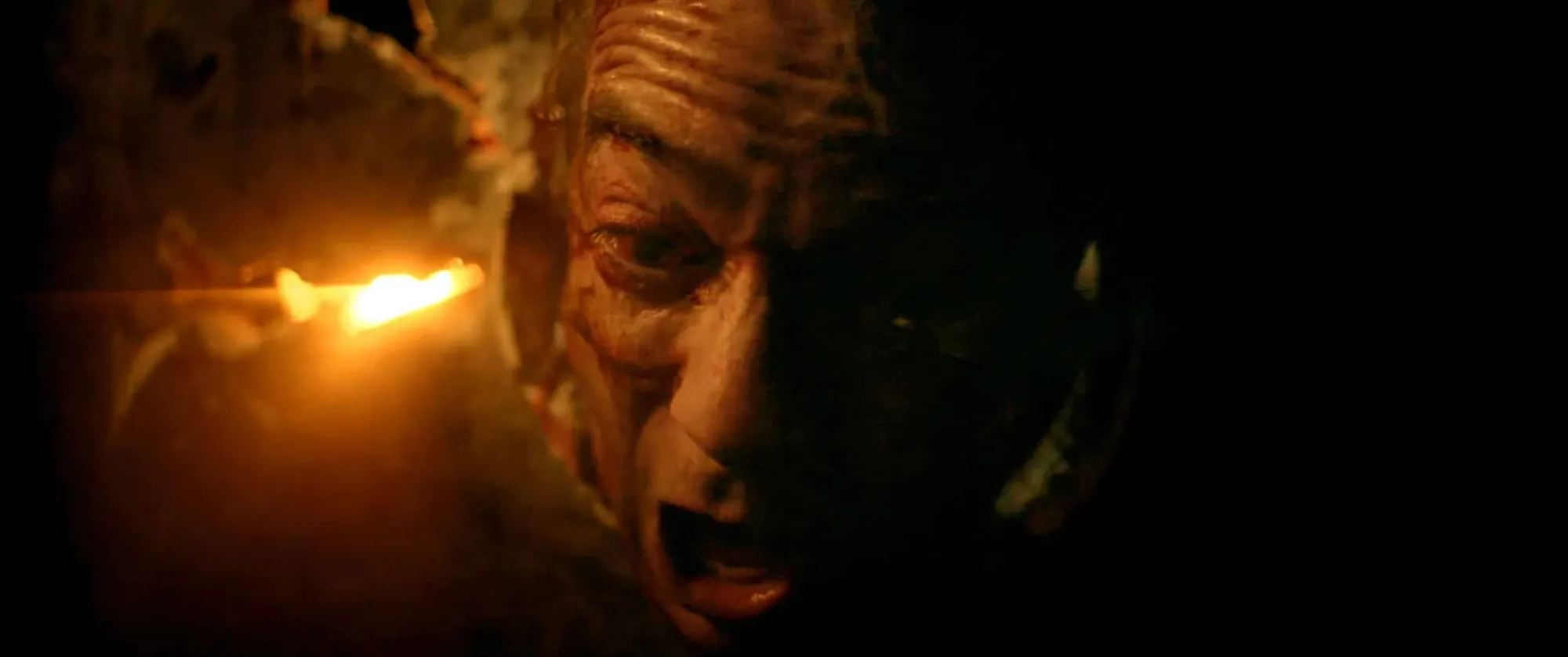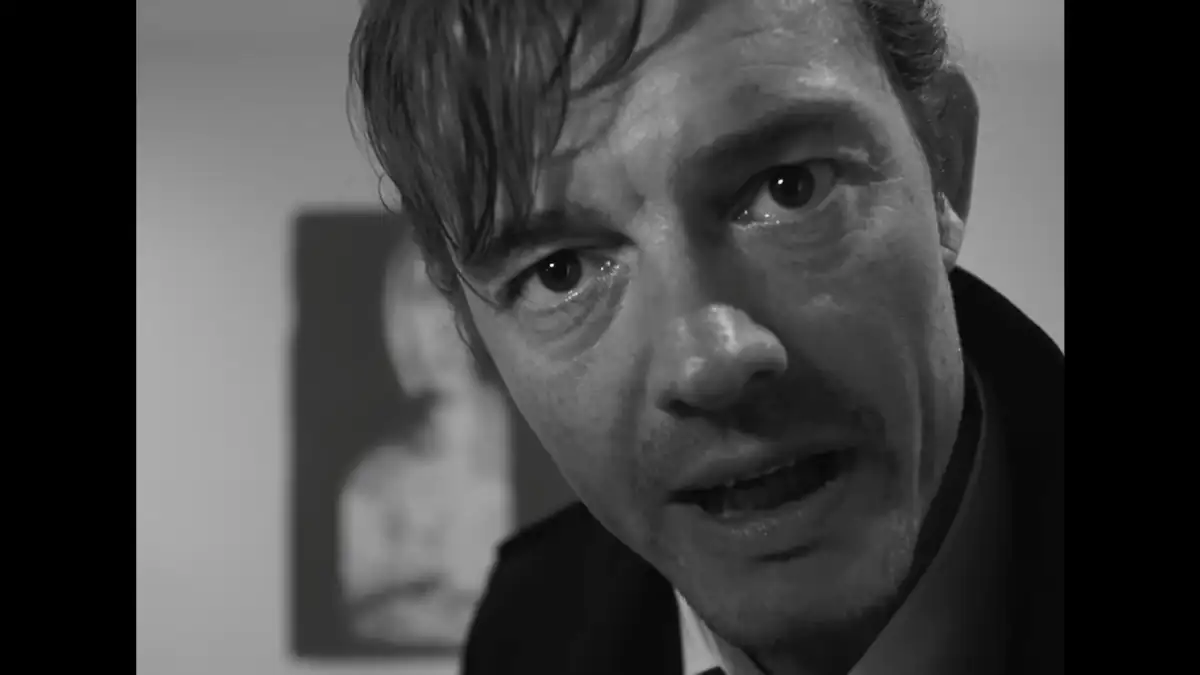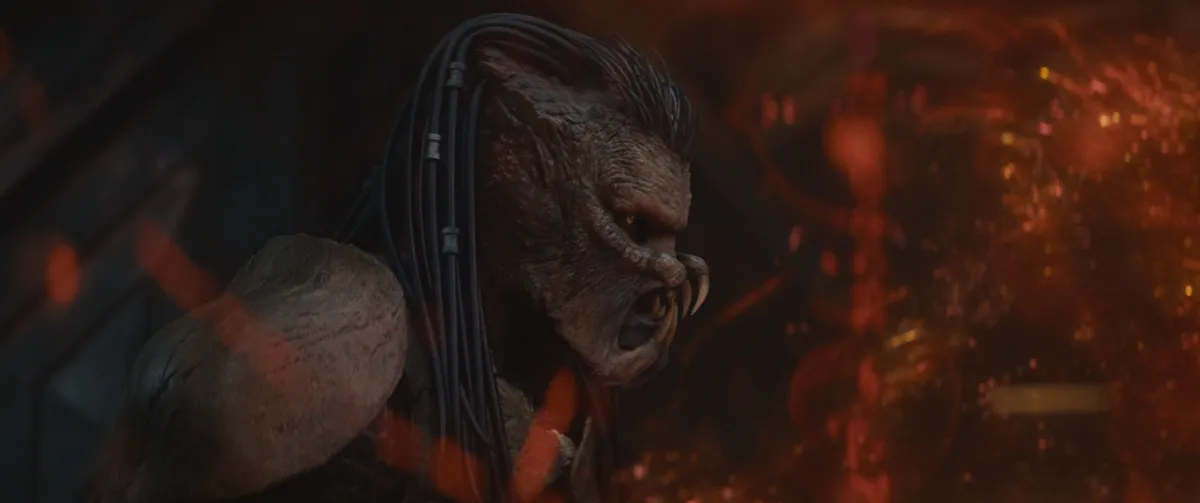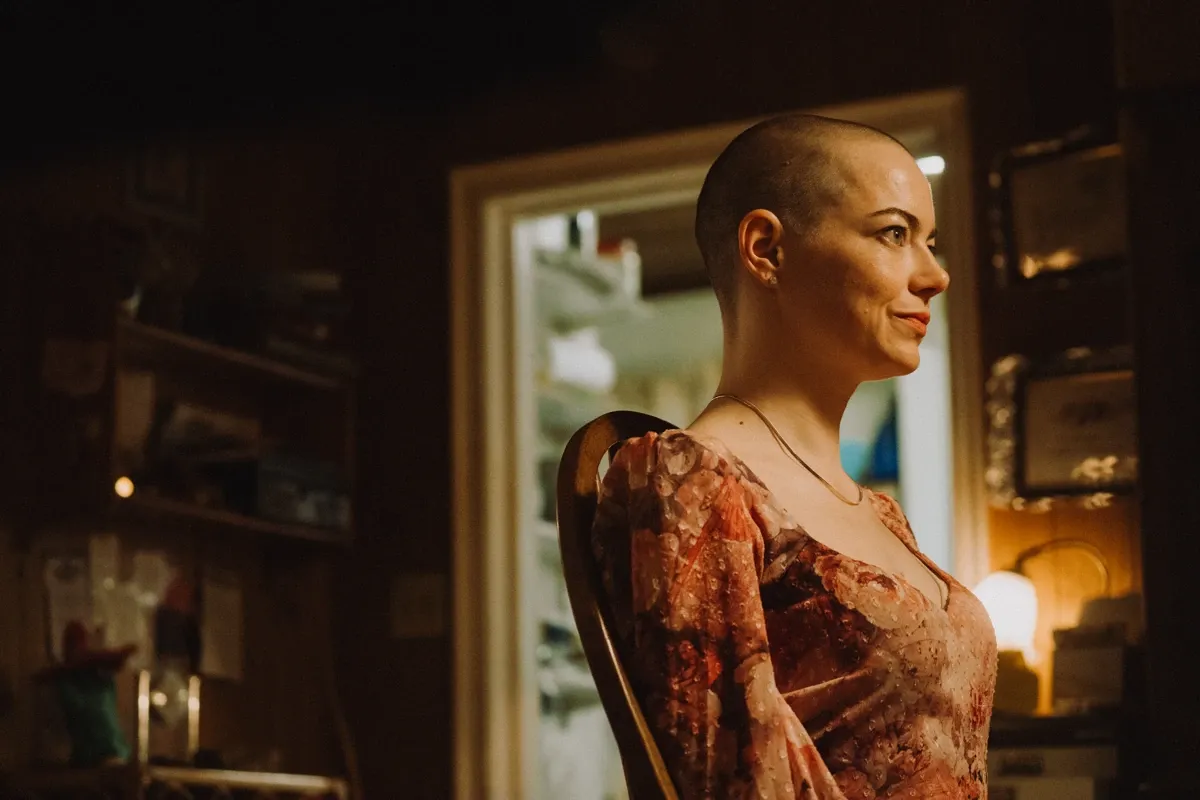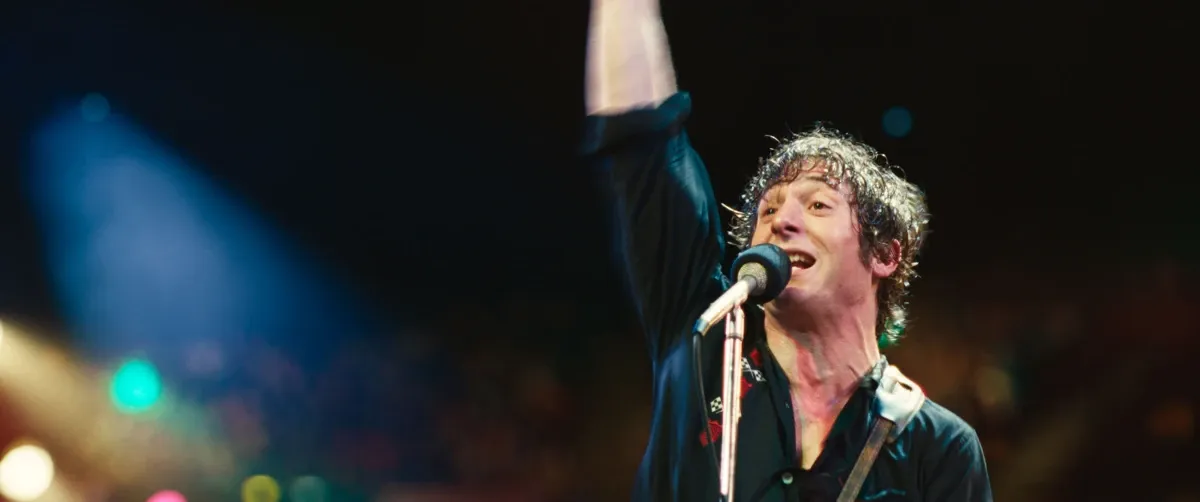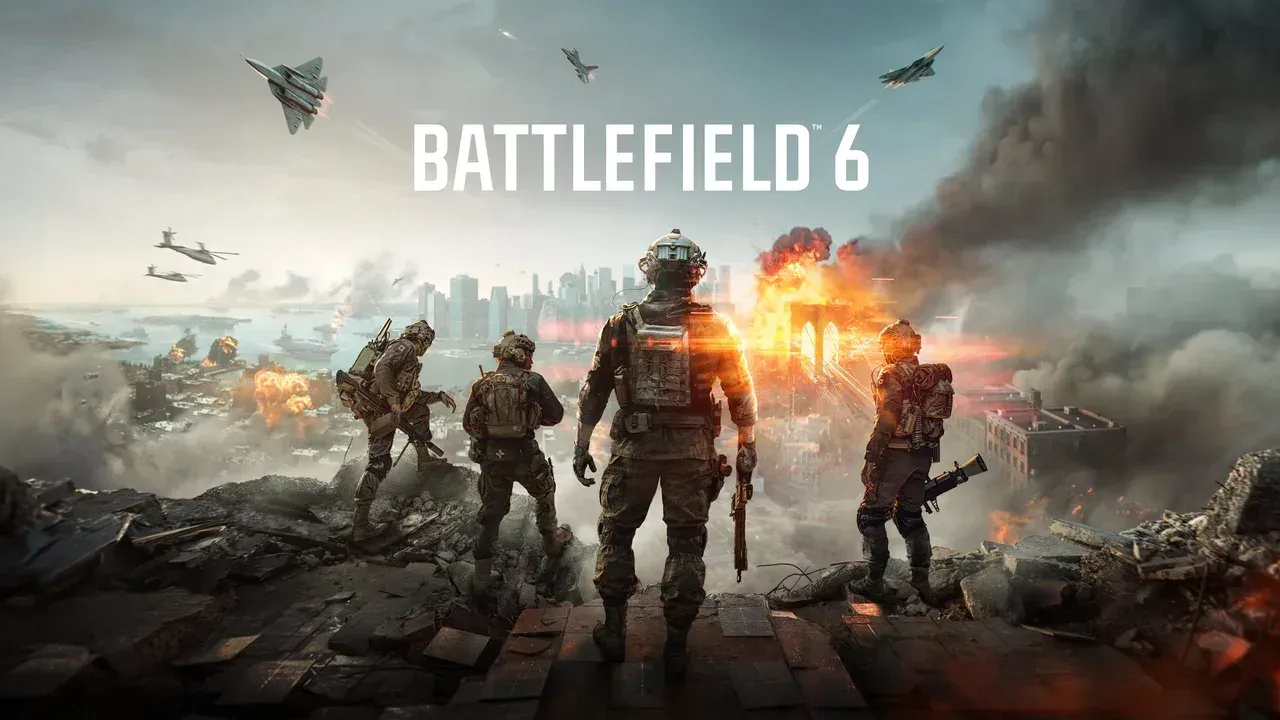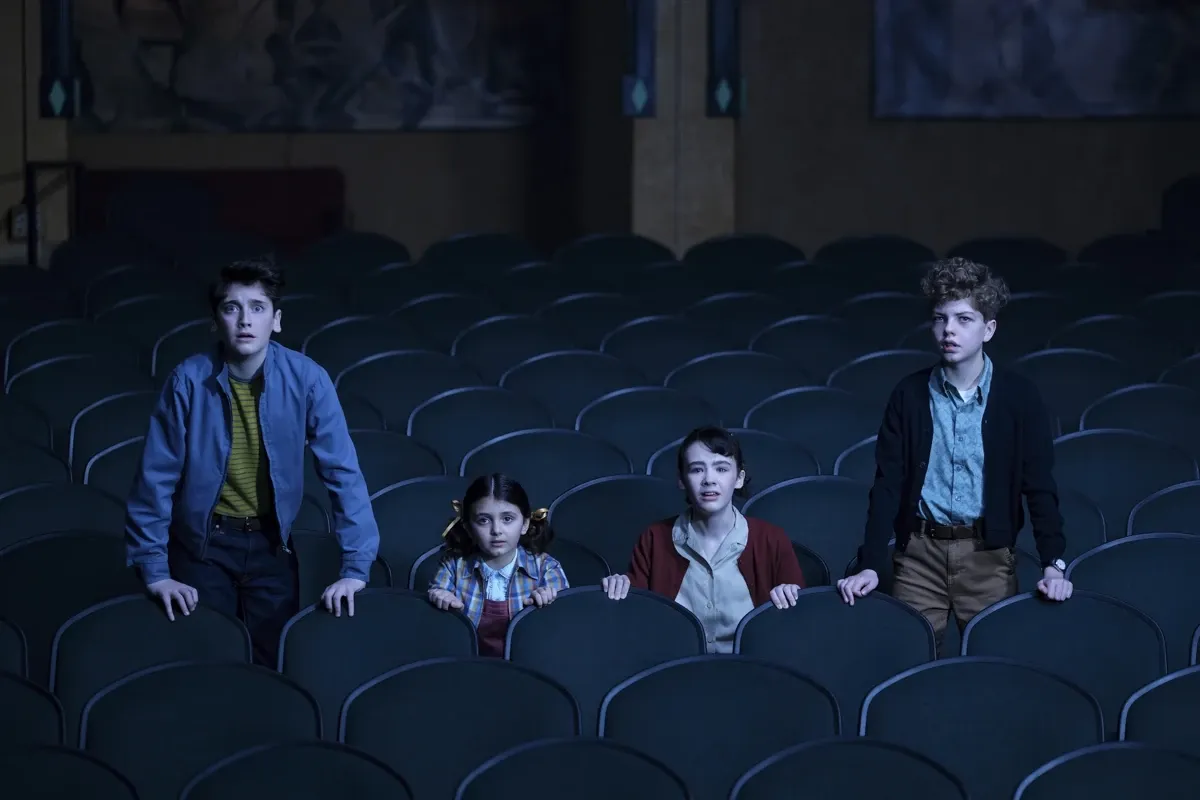There’s a special level of cinema hell reserved for films like this. Films that are equal parts malicious, ignorant, and cowardly. Those that claim the authority of biography, yet hide behind fiction when called out on their nonsense.
In theory, Blonde is a fantasy portrait of a fictional Marilyn Monroe, who in turn is a manifestation of dissociative identity disorder within Norma Jean. Ana de Armas plays both, though we stick with Marilyn for most of the film. Who either of these women really is remains a mystery. Her agency, personality, or inner life is not what interests director Andrew Dominick. For all he or the film cares, Marilyn could be a pound of flesh. She is a sacrificial lamb, treated with the same disdainful reverence as Mel Gibson would Jesus Christ in his equally witless fantasy.
In practice, Marilyn/Norma is the victim in a horror film. The first girl we see who, in swift retribution of puritanical glee, suffers torture and death before the story kicks off. Only here, it’s for three ungodly hours, tempered with all the artistry of a poorly painted fence.
The violence in Blonde is about sex, even when it isn’t. Not because the film makes a point about it, but because Dominick can’t help but undress Armas at every turn. Or any other woman in the film, for that matter. It is a biblical perversion, intoxicated by its outrage.
Take, for example, the scene where Marilyn’s mother attempts to drown her daughter. For no particular reason, the mother must be topless. Dominick frames the nudity so that it implicitly ties to violence. The scene climaxes with a full-frontal shot of the matriarch. As Marilyn suffers, you can be sure Dominick will capture her breasts in the same frame.
It’s not like nudity itself is the problem. It’s Dominick’s leery, sadistic, and pointless understanding of it that’s the problem. Marilyn engages in multiple sexual encounters throughout the picture, both consensual and non-consensual. Yet we never see male nudity. Men are distant, framed as powerful figures, even as they slump, unwashed in bed hugged by a girdle. Even a threesome, shot apparently through cellophane, gets in peeps of Marilyn’s naked breasts. Good luck spotting so much as a rogue ass cheek. In an NC-17 film, the choice is nothing but deliberate.
Whatever point it makes about Hollywood’s desire to undress the young, it misses the mark at every turn. Everything about Blonde is subjective to Marilyn. This is not an objective picture. So her self-objectification becomes so ham fisted that, eventually, it rolls around into exploitative itself. What’s worse is Dominick’s insistence on removing her agency even as he objectifies her. Her successes in life, artistic or otherwise, are nonexistent here. Dominick waves them away by hiding behind the adapted novel. But if everything else follows history, all that means is that Dominick doesn’t care about Marilyn, the artist. Only Marilyn, the victim.
Forced into fellating a limp-dicked Irish president, Norma Jean peers out from behind Marilyn’s bobbing head. “Why would Marilyn do this?” She asks. Elsewhere, she imagines her aborted fetus asking why it couldn’t live.
It is as offensive and pointless as it sounds.
Beyond that, Blonde displays a spectacular lack of testicular fortitude in refusing to name its male villains. They’re all apparent to anyone who knows Hollywood lore. But beyond a vague “I’m the son of Charlie Chaplin“, you’re hard-pressed to find a spine in this mess. Instead, they’re all “The President” or “The Author”. Marilyn calls them all Daddy. As she suffers, she pictures the face of the father she never had. After all, the film says, that’s what any troubled woman really needs. A father-figure.
If I must remain positive and say at least one nice thing, it’s that Dominick once made a film I still genuinely love. This isn’t it, and the stench of this will linger for years.
Just leave Marilyn alone already.
